Giant Hogweed
They tower high above our heads with great, sprawling leaves like plants from a long-lost
Jurassic rainforest, obscuring our view from the hillside down to the river. In fact, it was precisely
these captivating aesthetic qualities which brought these Giant Hogweed plants to our shores in
the first place, arriving as an ornamental plant from Central Asia for adorning the botanical
gardens of 19th Century plant enthusiasts. From these gardens it escaped, if we can call it that,
into the wider landscape thanks to its alarmingly virile nature - single plants can produce
between 30,000 and 50,000 seeds annually which can survive for up to 15 years before
germinating. The plant’s preference for damp riverside habitats offers it easy access to conduits
for spreading these seeds, which travel downstream in the currents of the rivers and streams
crisscrossing this country. The River Lox which cuts through Maple Farm, a great ecological
asset of the rewilding project, unwittingly brought these stowaways onto the site, where they’ve
gleefully colonised much of the bankside habitat. Growing in dense patches, the hogweed
shades the ground beneath it in the spring and outcompetes other plants, reducing biodiversity.
That’s not great news for us, trying as we are to create the conditions for a great diversity of
native species at Maple Farm.
That term - native - and its ecological opposites - non-native, invasive, alien - brings us into
some shady territory when it comes to species considered to be in or out of place in a
landscape. The kinds of aggressive language and tactics we use to demonise and eradicate
these species can evoke a kind of ecological xenophobia that we want to steer well away from.
This said, understood purely in terms of its specific ecological impacts, we can say quite clearly
that the hogweed presents a problem for the plant, invertebrate, and animal communities at
Maple Farm and for the objectives of our rewilding project. So, following on from Colleen’s
existing management efforts before we started this partnership, we decided early on that we
needed to do something about it. As part of our long-term commitment to restoring nature on the
farm, one of our core aims has become to remove, as much as possible, the Giant Hogweed from the site.
There are many ways to go about getting to this point, and as we’ve discovered all of them have
their own drawbacks. One of the most popular solutions is an approach of
chemical warfare using readily available herbicides like glyphosate. Spray, spray, spray and
hope for the best, is what many online guides for hogweed removal will tell you. The issue with
this is that these herbicides can have unintended ecological effects beyond the target plant,
killing other kinds of plant life and affecting other animals, particularly if they enter a water
course where they can be deadly to forms of aquatic life. Another option is manual control. By
cutting off the flowering heads of the plant before they come to seed, it can be possible to
prevent the further spread of hogweed and eventually kill the existing plants. Whilst their roots
are relatively resilient to this kind of approach, eventually their energy stores are depleted to the
point where they cannot grow anymore. This approach is time and energy intensive and
requires extreme care. Giant Hogweed is sometimes referred to as the UK’s most dangerous
plant, because its sap can cause severe, long lasting skin irritations and sensitivity to light. So,
as much as we might like to, one can’t just charge in and start cutting the hogweed. Specialist
protective equipment - suits, gloves, boots and a visor - is necessary. A third approach is
grazing using available livestock, which can stop the hogweed from growing to its flowering
stage. However, livestock can’t get everywhere - the steep bank sides of the River Lox and the
scrub on either side act as barriers to livestock, which can’t therefore reach every plant. A fourth
approach, which we find particularly promising, is hot water treatment. In essence, this works in
a similar way to chemical treatment, but without the harmful chemicals. The hot water kills the
plants when sprayed onto them, it can be sprayed with high precision and so minimises the
effects on the wider ecosystem, and with repeated application this can effectively eradicate the
hogweed plants. Other European countries, like the Netherlands, have achieved great
successes in controlling Giant Hogweed and other invasive plants using this approach.
Unfortunately, this way of treating plants is in its relative nascency in the UK, and there are
relatively few contractors to choose from. As we’ve found out from experience, this can mean
being charged an awful lot of money and receiving a relatively poor service!
In line with our experimental approach to rewilding more generally, we’ve tried a mixture of the
above approaches, and are constantly searching for new ideas for ways to control the Giant
Hogweed we have on site in the least ecologically damaging ways possible. A growing number
of people and organisations are turning away from the default use of pesticides for invasive
species control, which we strongly support. But, in order for this to be as effective as possible,
rewilding organisations and other land managers need to cooperate with each other, sharing
expertise, ideas and resources. With enough demand, and support from sources like local
governments, we can also stimulate the emergence of new companies that offer cutting-edge
approaches like hot water and foam treatments at more accessible rates and with a higher
quality of service. We’ve seen some very positive results from our mixed methods approach so
far, and are always keen to hear about the experiences of others, so get in touch if you have
any thoughts or ideas.
